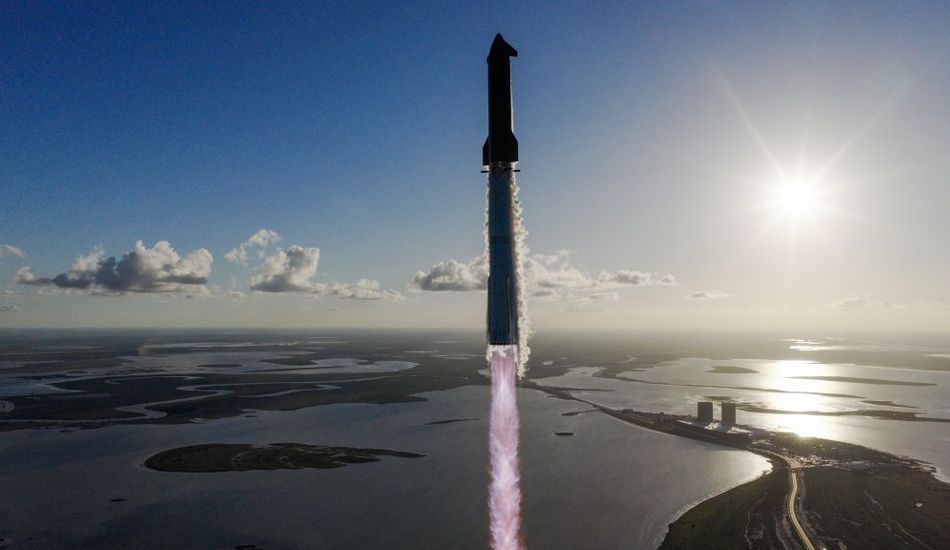
SpaceX's Starship V2 Concludes Test Flight, Prepares for V3
SpaceX just wrapped up the V2 era of its Starship program with a final test flight. I think this is a big deal, because it means they're moving on to the next phase, which involves a significantly upgraded prototype. On Monday night, the almost 400-foot-tall rocket soared from Starbase, Texas.
The Super Heavy booster, which was actually reused from a previous test in March, tried out a new landing method. Imagine it: reigniting 13 engines, then smoothly decreasing to five, and finally just three for that last bit of hovering before a soft splashdown in the Gulf of Mexico. The upper stage of Starship didn't just sit there either; it released eight mock Starlink satellites as part of a test.
What's Next for Starship?
This flight was the last for the second-generation Starship and first-generation Super Heavy. Engineers continued experimenting with the heat shield tiles on the upper stage, gathering crucial data for future flights.
Now, with V2 out of the way, SpaceX is gearing up for the V3 prototype. This upgraded version is designed for in-orbit docking and propellant-transfer demonstrations. Why is this important? Because these capabilities are absolutely essential if Starship wants to reach the Moon and Mars. According to SpaceX, V3 also includes structural improvements and upgrades to the Raptor engine, which should increase lifting capacity.
SpaceX is also upgrading Pad A at Starbase and preparing to shift launches to Pad B. It's like they're rearranging the furniture to make room for bigger and better things. They're not stopping there; they're also working on building dual Starship launch pads in Florida.
Starship is the most powerful rocket ever developed, and it's a key part of NASA's Artemis program and SpaceX's plan to deploy advanced Starlink satellites. According to NASA Administrator Sean Duffy, this mission was "another major step toward landing Americans on the Moon’s south pole."
The company received a whopping $4 billion to develop a human-rated version of Starship for the Artemis 3 crewed mission, set for 2027. To make that deadline, however, SpaceX needs to demonstrate increasingly complex milestones, like orbital docking and in-orbit propellant transfer. It's a race against time, but I'm excited to see what they come up with.
Source: TechCrunch